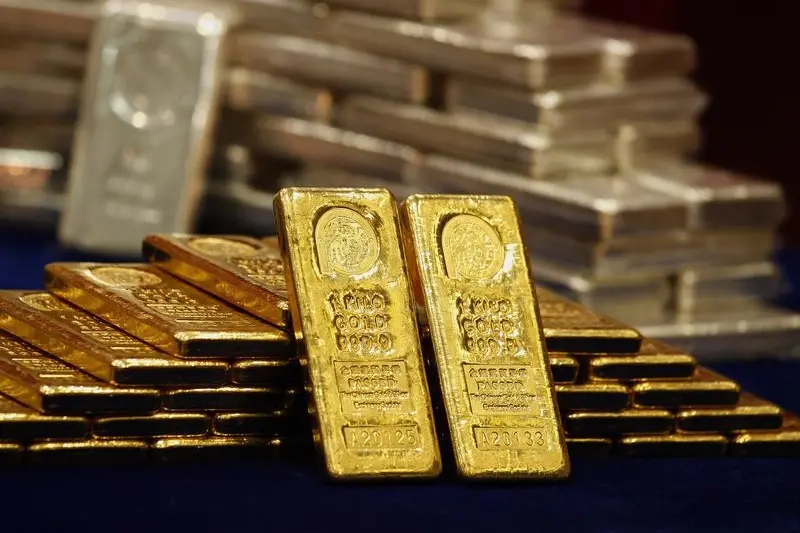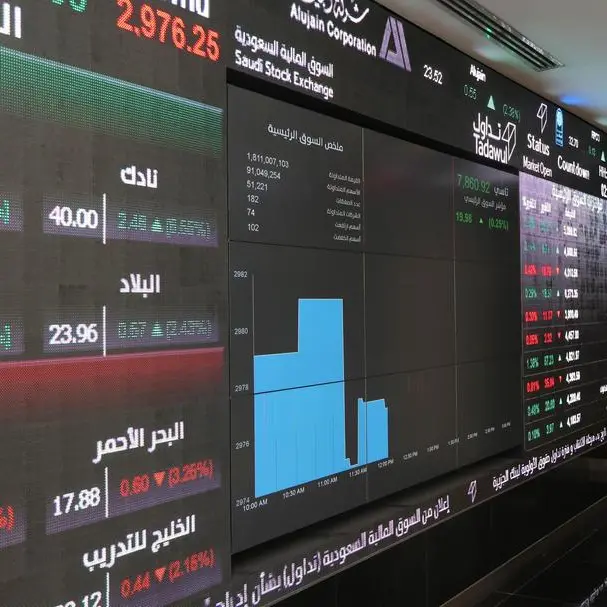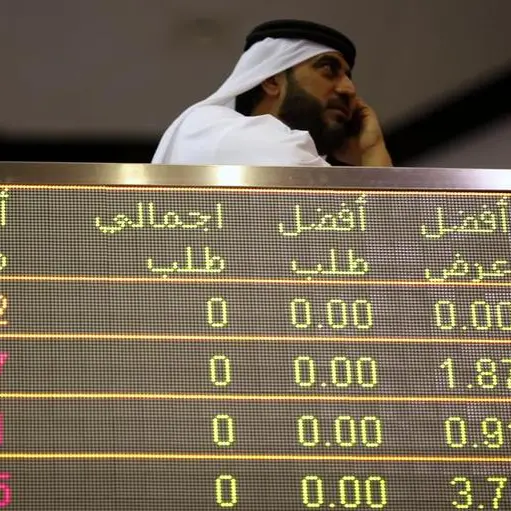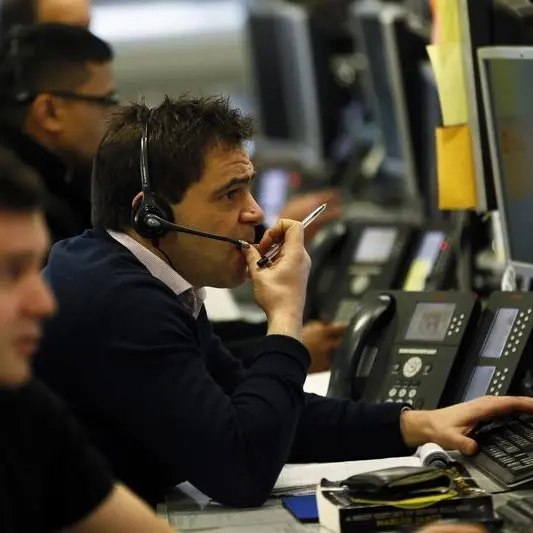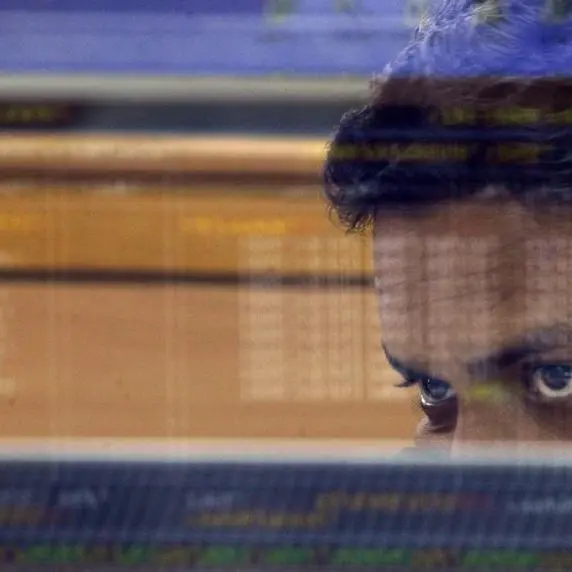PHOTO
Precious metals come by their enduring value due to a combination of factors – beauty, scarcity, universal regard and durability. Gold and silver, which have been in use since ancient times as currency and jewellery, are the traditional metals for investors.
Platinum and palladium, which are rarer still, derive their modern value from their use in industry, particularly automobiles. As demand for cars climbs on the back of booming economies in China and India, these metals have also caught the eye of the smart investor, who would typically assign 5 per cent to 10 per cent of their investment portfolio to precious metals.
“Investors seeking returns would do well to restrict their exposure to metals within these limits, because they do not give you passive income – like rent from property or dividend from equity shares – and capital growth is limited,” said Simon Snelder, an independent financial adviser based in Dubai. “For instance, the price of gold has remained more or less stable over decades, except when there is a major financial crisis like the one in 2008-2009, when the price shot up.”
Here’s how investing in precious metals fits into an investor’s diversified portfolio.
The case for investment
Safe haven status: Gold and silver have often proved to be a safe haven in times of economic instability and political turmoil. During 2009, which marked the worst year in the financial crisis of the last decade, gold prices gained nearly 25 per cent by year’s end.
Store of value: In times of inflation, when returns in equity, bond and real estate markets are low or negative, gold in particular turns into a store of value. As the supply of the precious metal is relatively inelastic, the relative purchasing power of gold remains steady during times of inflation.
Liquid and fungible: Gold and other precious metals can be easily sold for cash. Moreover, they are largely fungible commodities, i.e. each unit of the metal is equivalent and therefore, interchangeable with another unit of the same specification. For example, a 1oz. gold coin will cost the same as another of the same weight and origin anywhere in the world.
Less volatile: Precious metals can also act as a stabiliser in a portfolio during times of volatility, as they have a very low correlation to other asset classes like stocks and bonds. By some accounts, gold’s 12-month correlation against the S&P 500 index over the past 45 years averages zero.
The best ways to invest
Buying physical metal: Buying gold and silver bullion bars, coins and jewellery is the best method for the type of investor who likes to physically count their blessings. The process is simple enough. Go to an authorised agent, hand over the money and take delivery of the metal.
An investor can buy as small or as large an amount as they like; their only worries would be to ensure provenance, purity and weight, and to secure proper insurance and storage. However, there is usually a mark-up of up to 10 per cent over the spot price when buying gold. But for those who like the idea of buying actual metal, but fear storing it in their house, suppliers often offer custodial services as well.
Exchange traded funds: ETFs are an inexpensive and convenient way to invest in precious metals. The funds invest in gold, silver, palladium and platinum and are traded on exchanges. ETFs may take physical exposure to precious metals where it uses the funds to buy a physical metal. An ETF may also invest in precious metal futures contracts, where it contracts for delivery of the metal at an agreed-upon price in the future.
However, with an ETF there is counterparty risk involved – this is the risk that the other party in the agreement will default on its obligations – as the investor doesn’t physically own the metal.
Precious metals certificates: Similar to ETFs, this is another way to invest in precious metals without the inconvenience of storing and insuring physical metal. The certificates may be allocated or unallocated. Allocated certificates usually correspond to specific numbered bars, while unallocated certificates do not correspond to specific bars and you don’t directly own the metal.
“The certificates are probably the most optimum option, because you can carry them with you wherever you go, and sell them easily in most countries in the world for the actual price of the underlying metal asset,” said Snelder.
Mining stock: Buying the stocks of companies that produce a precious metal is another easy alternative for investors, and offers quick liquidity. In general, the share prices of mining companies tend to rise with the rise in the price of the product, and vice versa.
“For the newbie investor in the GCC region, buying physical gold, either in the souk or through the Dubai Gold and Commodities Exchange (DGCX), would be the best and easiest option,” said Pradeep Unni, head of trading and investments at Dubai-based Richcomm Global Services, a Dubai-based international commodity services company registered with the Dubai Multi Commodities Center (DMCC). “Ideally, this would form about 80 per cent of their precious metals portfolio. Exchange traded funds can make up 20 per cent.
“For the heavyweight investor, however, physical holding may not be the right fit. For them, 60 per cent of the portfolio could be locked in DGCX metals futures and the remainder split between ETFs and mining stocks,” Unni added.
The investment risk
Over the long term, the returns on precious metals portfolios may be lower than when compared to a stock or bond portfolio. But as the objective is to diversify risk, an investor should define the risk-reward matrix they would be comfortable with.
The value of a commodity is determined by demand and supply. In the case of gold and silver, this is often influenced by sentiment, which is unpredictable and so cannot be planned for.
When investing in mining company stocks, investors should be aware of underlying factors such as the quality of the company management and the risk factors specific to the country where the mines are located such as government instability, labour unrest, etc.
(Reporting by Yazad Darasha; Editing by Michael Fahy)
(michael.fahy@refinitiv.com)
Our Standards: The Thomson Reuters Trust Principles
Disclaimer: This article is provided for informational purposes only. The content does not provide tax, legal or investment advice or opinion regarding the suitability, value or profitability of any particular security, portfolio or investment strategy. Read our full disclaimer policy here.
© ZAWYA 2019